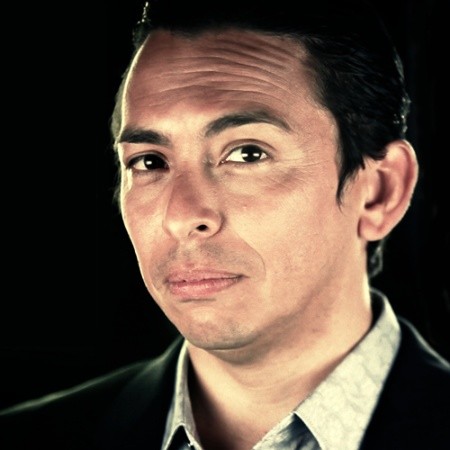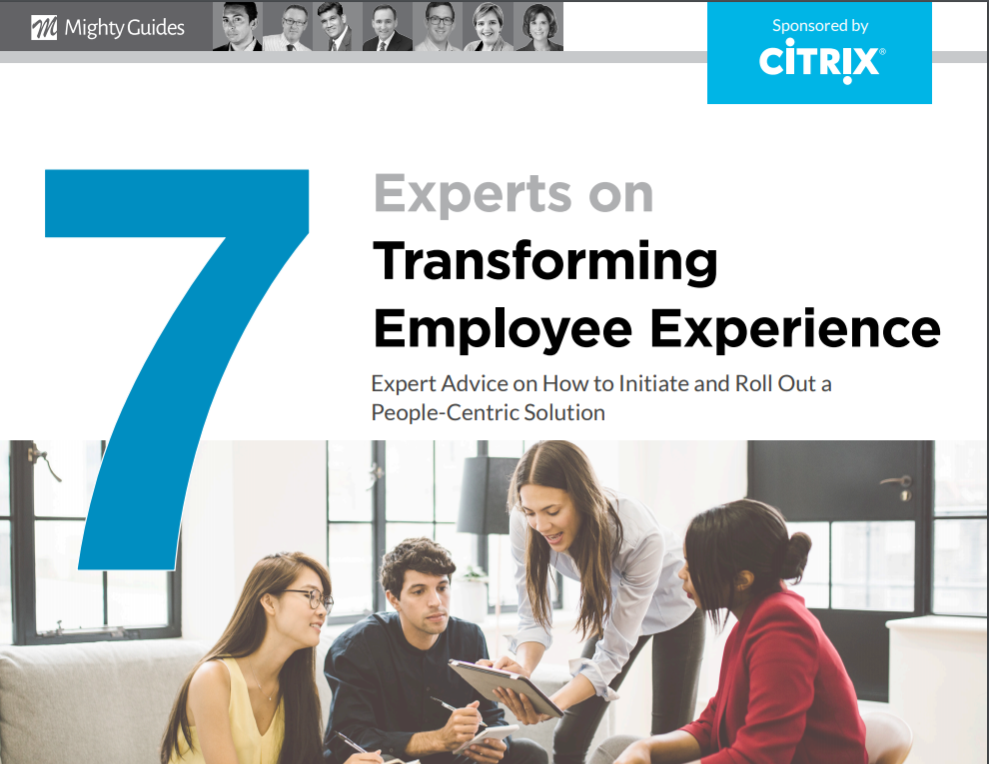
Brian Solis, Global Innovation Evangelist, 8x BestSelling Author, Keynote Speaker, Salesforce
- Companies are successful when everybody is in unison, working toward this greater outcome where tools are used to facilitate the transformation at scale.
- Transformation requires organizing a cross-functional group that’s supported with executive sponsorship to work toward a common set of outcomes. It needs alignment with the corporate culture that will support this initiative.
“You have to consider how people work so that it’s in direct alignment with how people think and their aspirations.”
When transforming employee experience, everyone involved must share a common vision of what the employee experience needs to become. That’s easy to say, but it’s not so easy to accomplish because you’re now talking about a future motivating state. You’re defining and articulating what that employee experience is going to be and how it’s going to come to life through technology. You’re talking about it in terms of everyday processes—the way people work, the way they measure performance, and ultimately how all that aligns with business goals. Brian Solis, author, analyst, and digital anthropologist, sums up the challenge this way: “You’re talking about the future of work, but it’s the future of work now.”
Where many companies miss the mark is taking the next step after they conceptually define what it is. Then, it’s about designing the experience, executing it through technology, and supporting it operationally. Many companies take a more tactical approach that focuses on a narrow problem without fully accounting for human nature. “You have to consider how people work so that it’s in direct alignment with how people think and their aspirations,” Solis says. “There’s a technological component, but it’s just a subset of the future of work. Business goals have to align with employee aspirations, so there’s also an emotional connection.”
This is an excerpt from 7 Experts on Transforming Employee Experience. The eBook was generously sponsored by Citrix.



